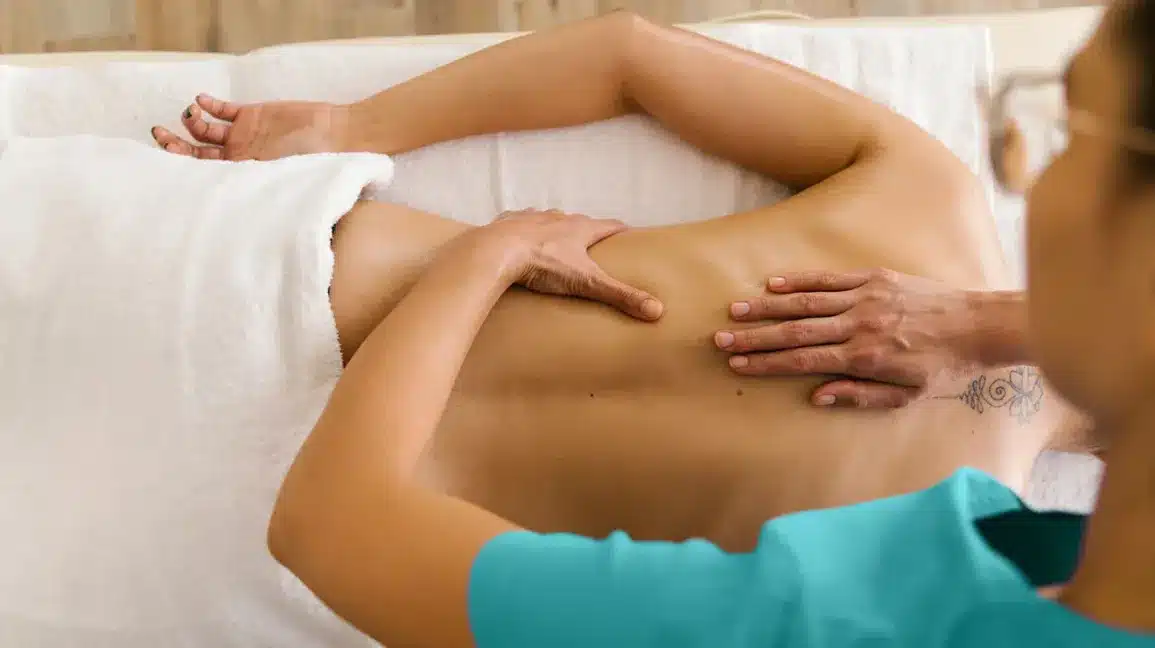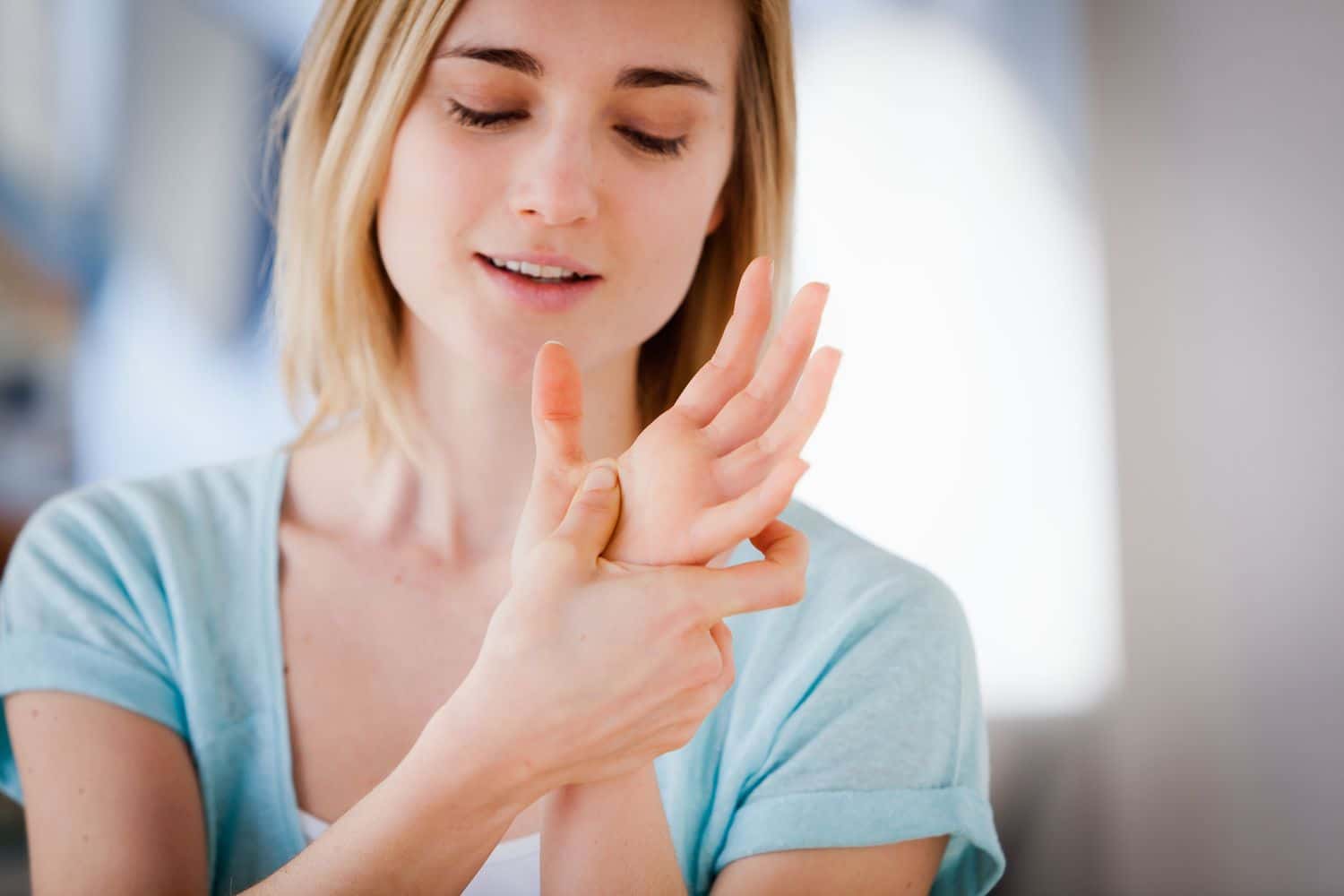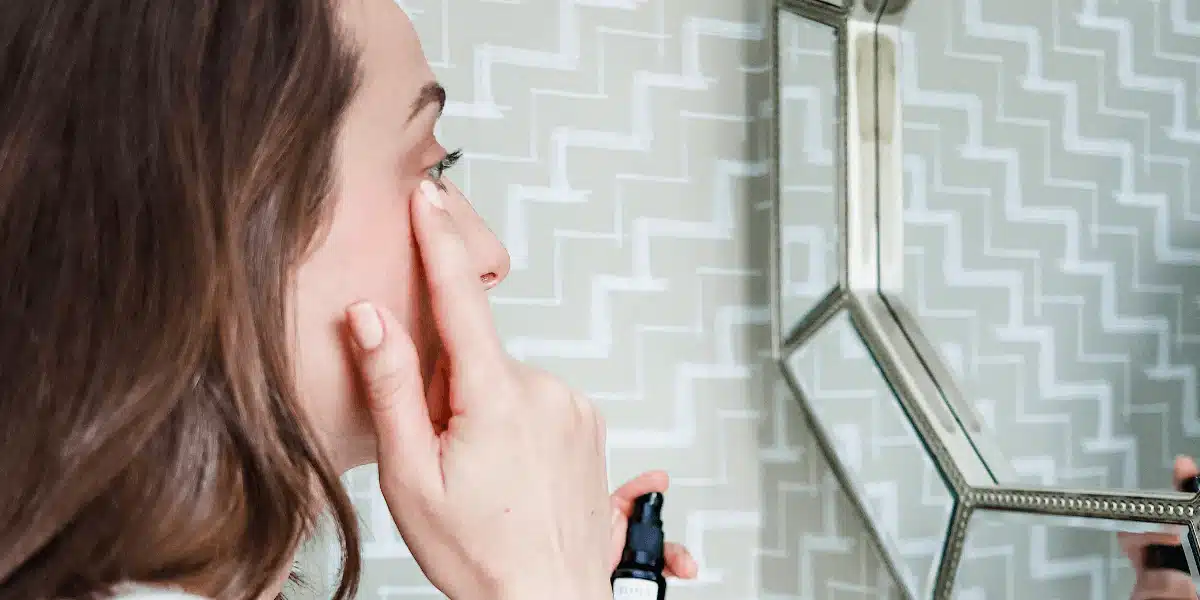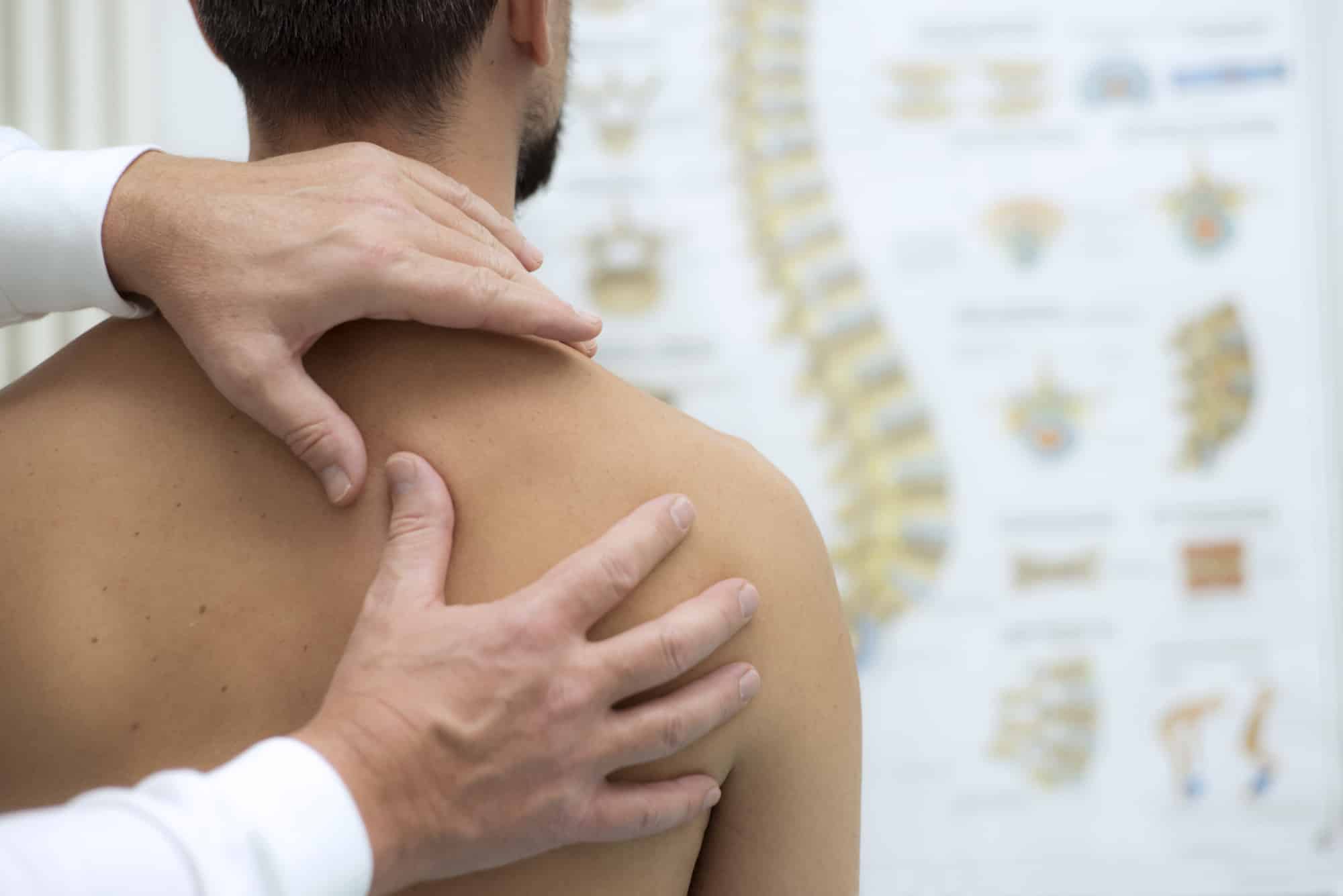Living with pain can be challenging, affecting not only physical health but also overall quality of life. That’s where acupressure comes in.
This ancient healing tradition utilizes pressure on specific points of the body to stimulate energy flow and promote pain relief. Unlike medication or invasive procedures, acupressure is a natural method that can offer long-term relief without any harmful side effects.
Whether you’re experiencing acute discomfort or dealing with chronic pain, acupressure techniques can be tailored to suit your unique needs.
We aim to equip you with the knowledge and tools to incorporate acupressure into your daily self-care routine.
Effective Techniques for Natural Pain Relief
Acupressure is a gentle and non-invasive method that can offer effective relief from pain.
By targeting specific pressure points in the body, we can stimulate the body’s natural healing response, promoting pain relief and overall well-being.
Pressure Point Targeting
One of the primary techniques in acupressure is pressure point targeting. Each pressure point corresponds to a specific area of the body and can be stimulated to relieve pain.
By applying firm but gentle pressure with your fingertips or using specialized acupressure tools, you can activate these points to reduce pain and tension. Whether you’re dealing with a headache, back pain, or joint discomfort, pressure point targeting can provide targeted relief.
Massage Techniques
In addition to pressure point targeting, massage techniques can also be incorporated into your acupressure routine. Massaging the affected area or surrounding muscles can help increase blood circulation, reduce inflammation, and promote relaxation.
Using long, sweeping strokes or circular motions, you can relieve muscle tension and encourage the body to release endorphins, the body’s natural painkillers.
Lifestyle Changes
Pain relief isn’t just about physical techniques; lifestyle changes can also play a significant role. Making adjustments to your daily routine can have a positive impact on pain management.
For example, incorporating regular exercise, practicing stress-reducing techniques such as meditation or yoga, and maintaining a balanced diet can contribute to overall pain relief.
It’s important to listen to your body and make choices that support your health and well-being.
By combining pressure point targeting, massage techniques, and lifestyle changes, you can create a comprehensive approach to natural pain relief.
Each person’s experience with acupressure may vary, so it’s essential to find the techniques and routines that work best for you.
Consult with a qualified acupressure practitioner or healthcare professional to tailor a plan to your specific needs. With dedication and consistency, you can find effective pain relief and improve your overall quality of life.
Managing Chronic Pain with Acupressure
Chronic pain can have a significant impact on one’s quality of life. It can affect daily activities, sleep, and overall well-being.
In this section, we will explore how acupressure can be used as a part of a comprehensive pain management plan to provide relief for chronic pain.
The Benefits of Acupressure for Chronic Pain Relief
Acupressure is a natural and non-invasive technique that can help alleviate chronic pain. By applying pressure to specific points on the body, acupressure stimulates the body’s natural healing processes and encourages the release of endorphins, which are the body’s natural pain relievers.
Acupressure can be particularly effective for chronic pain conditions such as arthritis, fibromyalgia, and back pain. Regular acupressure sessions can help reduce pain intensity, improve mobility, and enhance overall well-being.
Tips for Incorporating Acupressure into Your Daily Routine
To effectively manage chronic pain with acupressure, it’s important to integrate it into your daily routine. Here are some tips to help you incorporate acupressure into your self-care regimen:
- Learn the Key Pressure Points: Educate yourself about the specific pressure points that correspond to your chronic pain condition. Focus on these points during your acupressure sessions to maximize pain relief.
- Practice Consistency: Consistency is key when it comes to acupressure. Aim to perform acupressure techniques regularly, ideally daily, to achieve optimal results.
- Seek Professional Guidance: While acupressure can be performed at home, it’s always beneficial to seek guidance from a qualified acupressure practitioner or healthcare professional. They can provide personalized recommendations and help you tailor your acupressure routine to your specific needs.
- Combine Acupressure with Other Self-Care Techniques: Acupressure can be complemented with other self-care techniques such as mindfulness meditation, gentle exercises, and heat therapy. Experiment with different approaches to find what works best for you.
Remember, managing chronic pain requires a holistic approach. Acupressure can be a valuable tool in your pain management toolkit, but it’s important to consult with a healthcare professional to develop a well-rounded and personalized pain management plan.
Exploring Physical Therapy for Pain Relief
Physical therapy is a widely recognized and effective method for managing pain. When combined with acupressure techniques, it can provide the best pain relief results.
In this section, we will delve into the different types of physical therapy and how they can be tailored to meet individual needs.
Types of Physical Therapy
Physical therapy encompasses a range of treatments designed to promote pain relief and improve mobility. Some common types of physical therapy include:
- Manual Therapy: This hands-on approach involves the therapist using their hands to apply pressure and manipulate the muscles and joints. It can help alleviate pain and restore normal movement.
- Therapeutic Exercise: Customized exercise programs are developed by physical therapists to improve strength, flexibility, and overall function. These exercises target specific areas of pain or injury, promoting healing and reducing discomfort.
- Modalities: This category includes various treatments such as heat therapy, cold therapy, ultrasound, and electrical stimulation. Modalities can help reduce pain, inflammation, and muscle spasms.
- Joint Mobilization: This technique focuses on restoring movement to stiff or restricted joints. By gently manipulating the joint, physical therapists can improve the range of motion and alleviate pain.
Tailoring Physical Therapy for Individual Needs
One of the strengths of physical therapy is its capacity for individualization. Skilled therapists assess the specific needs of each patient and develop personalized treatment plans accordingly. Factors considered in tailoring physical therapy include:
- Type and severity of pain
- Underlying medical conditions
- Functional limitations and goals
- Joint or muscle involvement
By taking into account these factors, physical therapists can create a comprehensive plan that combines acupressure techniques with the most suitable types of physical therapy for optimal pain relief.
Conclusion
Understanding the basics of acupressure and implementing its techniques into your daily life can provide long-term and effective pain relief. Acupressure targets specific pressure points in the body, promoting relaxation, relieving tension, and stimulating the body’s natural healing process.
However, it is important to remember that acupressure should be used as part of a comprehensive pain management plan. Consultation with a healthcare professional is crucial before incorporating any new pain management techniques, including acupressure.
They can provide guidance, evaluate your individual needs, and ensure that acupressure is safe and suitable for your specific condition.





